What is the Price of Natural Amber
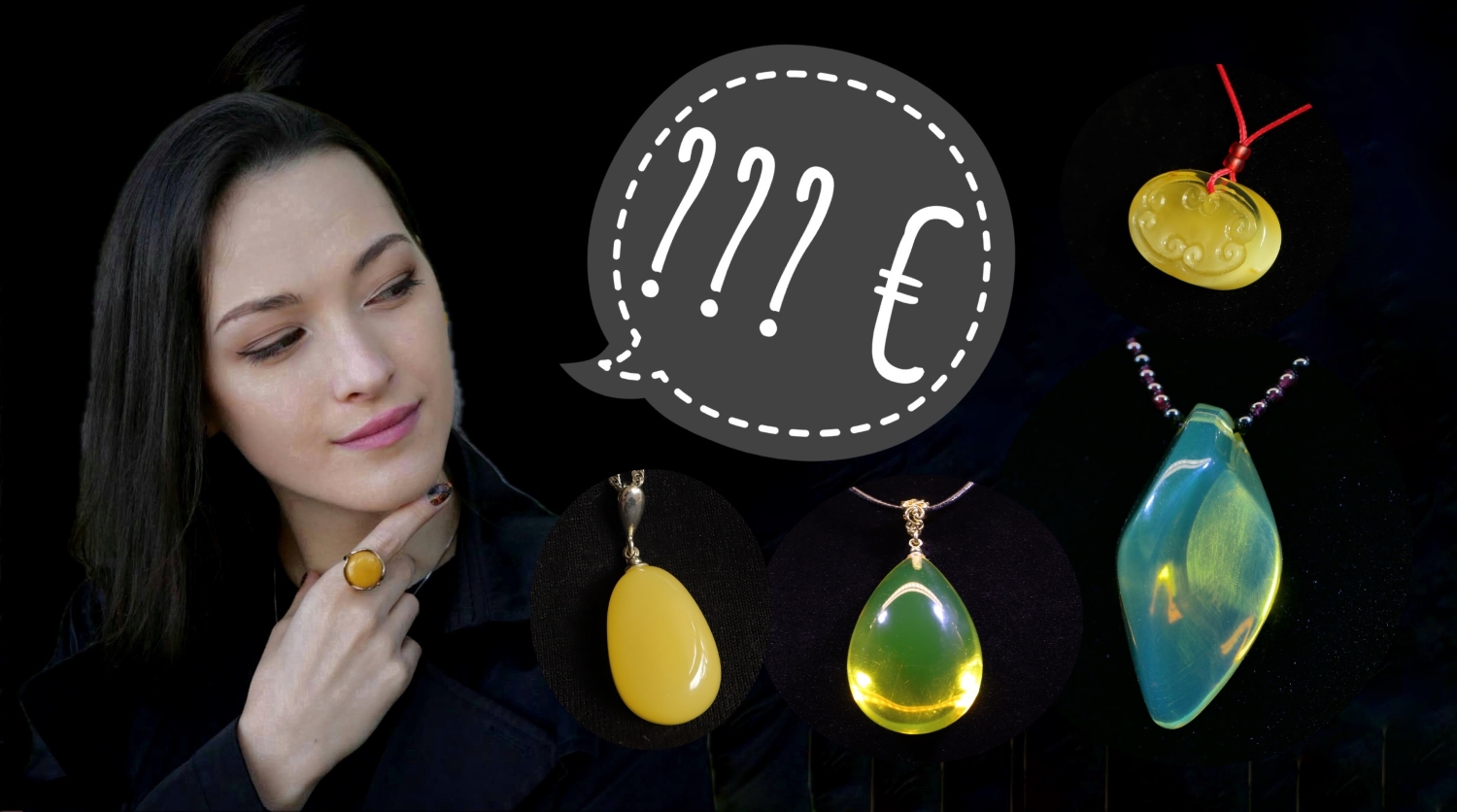
What is the real price of amber
Customers often ask us what is the price of amber per gram. However, there is no simple answer to this question. In fact, two amber pieces of approximately the same weight and similar shape can have diametrically different prices. While one may cost only a few hundred Czech crowns, the other may be worth more than ten thousand Czech crowns.
Many factors influence the price of amber.
- The origin of amber
- Type of amber
- Quality of the amber
- Size and shape of the cut
- Special features such as insect or plant fossils
Before we take a closer look at these factors, it should be noted that we are talking about natural amber that has not been modified or reconstructed in any way.
The Origin of Amber
The origin of raw amber is one of the decisive factors that influence its price. Amber is found in different parts of the world. However, only from some localities it is used for jewellery. The most famous amber originates from the southern coast of the Baltic Sea. We can also find amber in Ukraine, Madagascar, the Dominican Republic, Mexico and Burma. Baltic amber is the most widely used in the jewellery industry.
Amber from Ukraine is often sold as Baltic amber, as it is very similar but cheaper. Ukrainian amber is comparable to Baltic amber in terms of age. However, its quality (with exceptions) does not reach the quality of Baltic amber, so it is very often being modified.
Let's move on.Blue amber from the Dominican Republic is the rarest kind of amber, especially blue amber of AAA quality. Its cost can reach astronomical prices. This is why some sellers sell Mexican amber or Dominican green amber as blue amber. All three types have a specific distinctive blue fluorescence under ultraviolet light. You can see the difference between them under sunlight or intense daylight, and of course the price differs significantly. Compared to Baltic amber, Dominican green amber is slightly more expensive, while Mexican amber is cheaper. However, other factors must also be taken into account when setting the price.
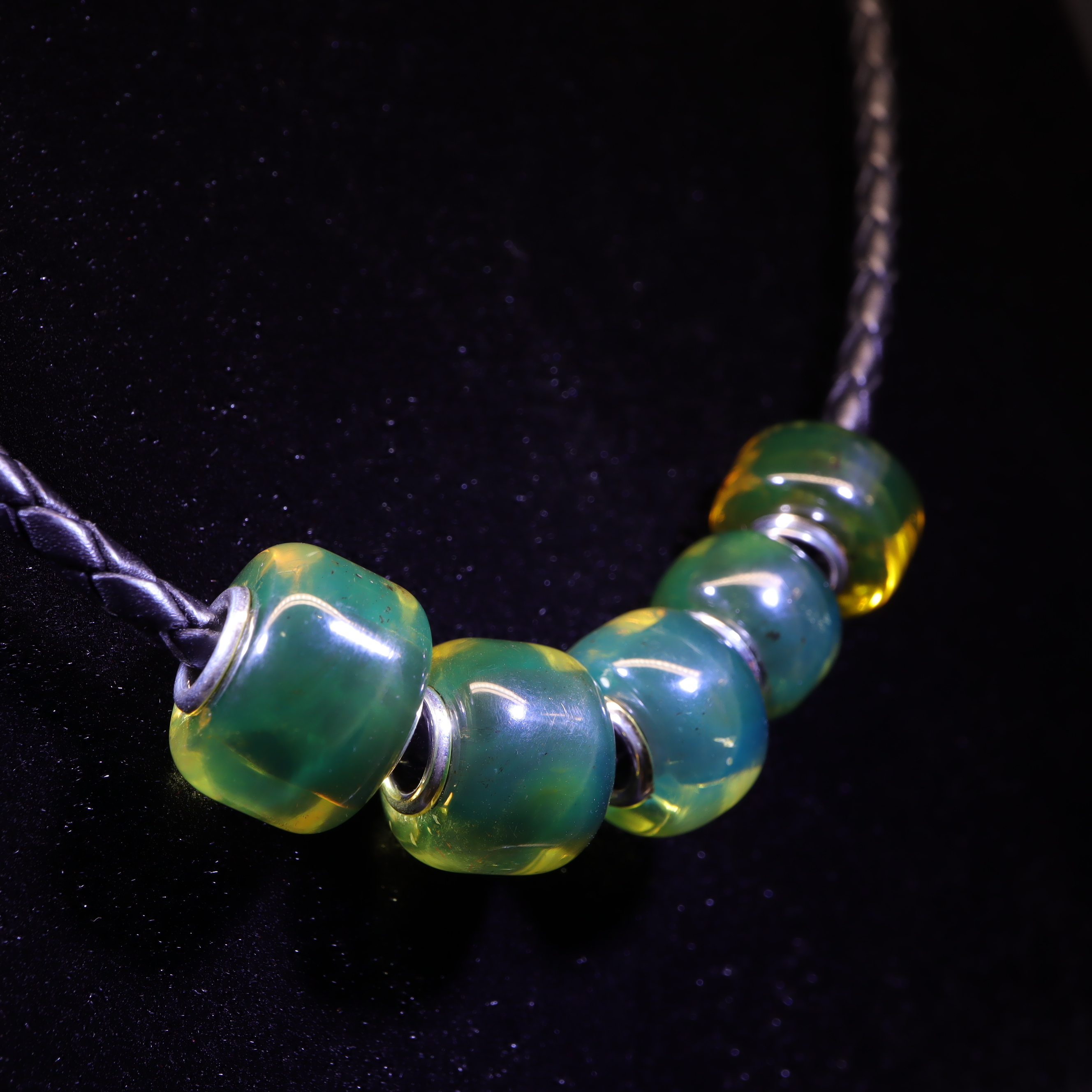
Photo: These beads were crafted from Dominican amber and are photographed under intense spot daylight. This is the best way to tell if it is green or blue amber.
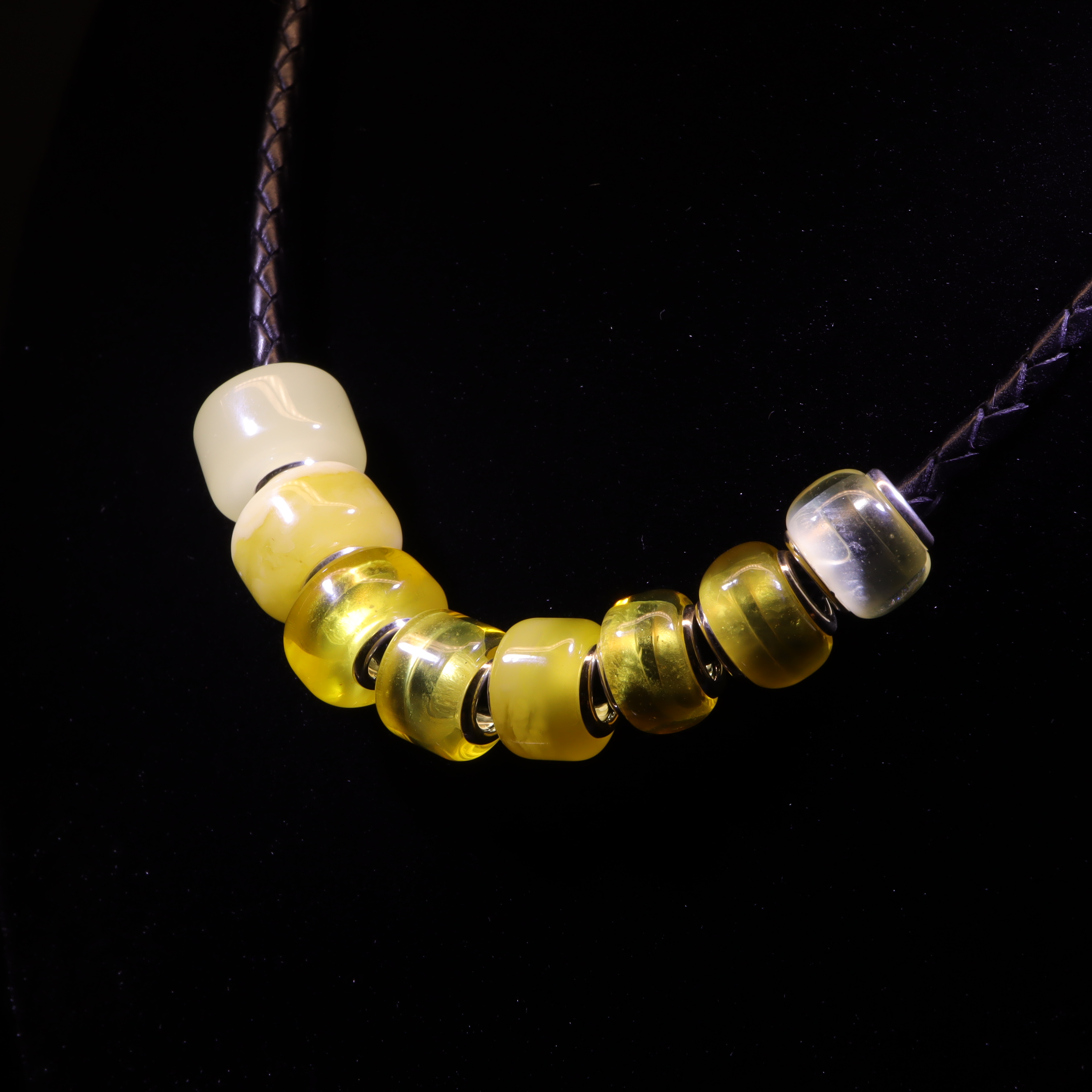
Photo: Beads in the first and the second photo are more or less the same shape and size. However, the price varies depending on the origin of the amber, its type and quality. The highest price will be for the Dominican blue amber beads, followed by the green amber beads and the Baltic amber beads will have the lowest price.
Type of Amber
Another important factor is the type of amber. For example, in Baltic amber white amber is the rarest and therefore the most valuable kind. It is almost 10 times more expensive than its yellow variant. Price of the Baltic amber also depends on whether it is transparent, semi-matt or matt. Very generally speaking, milky amber has a higher price than the transparent one in the case of Baltic amber, but here a lot depends on the quality. We will come to that later.
In Dominican amber there is only the transparent form of amber. In this case the price depends on its colour, whether it is yellow, green or blue amber. You will pay the least for the yellow one, sometimes called gold. On the contrary, blue amber is much more expensive than its green or yellow relatives.
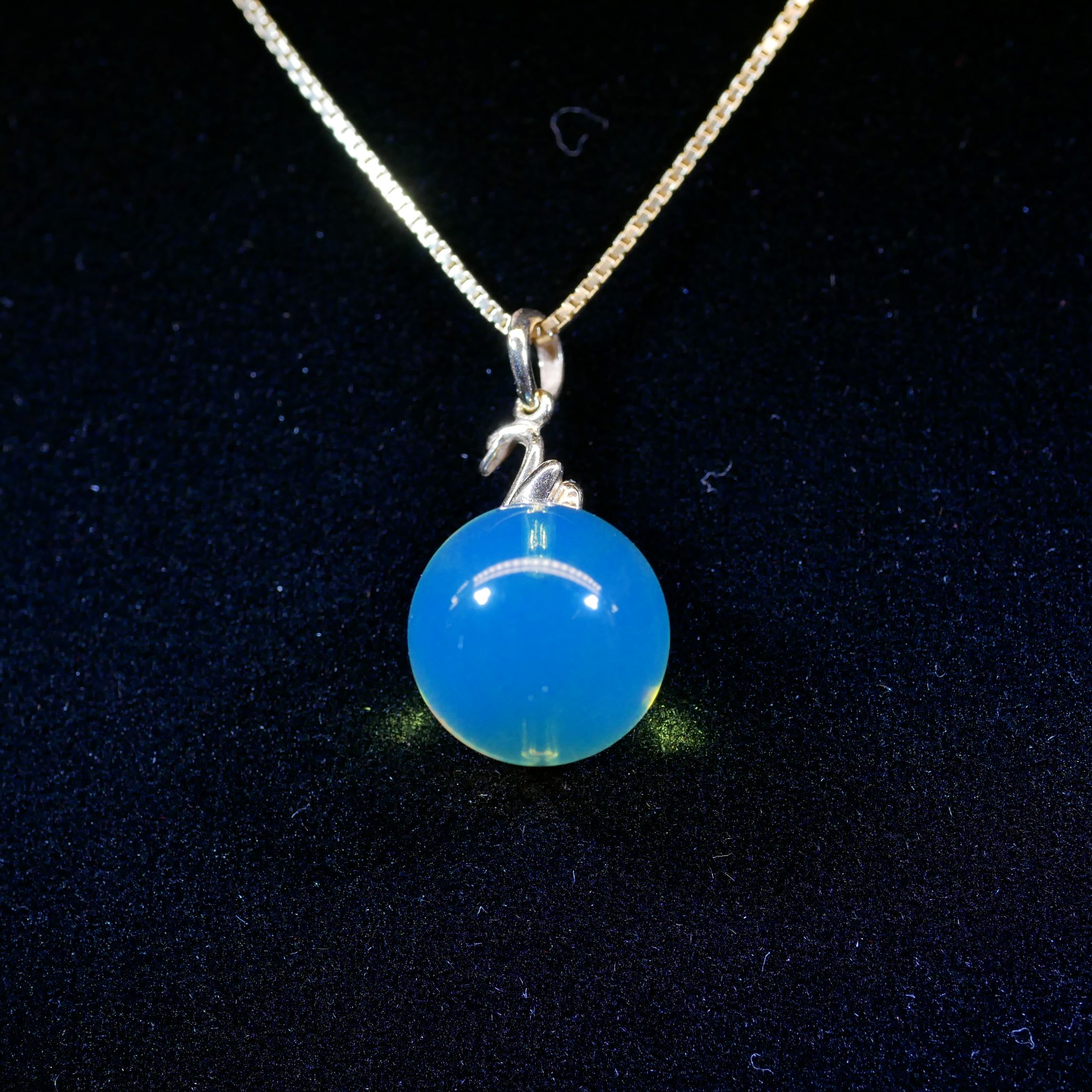
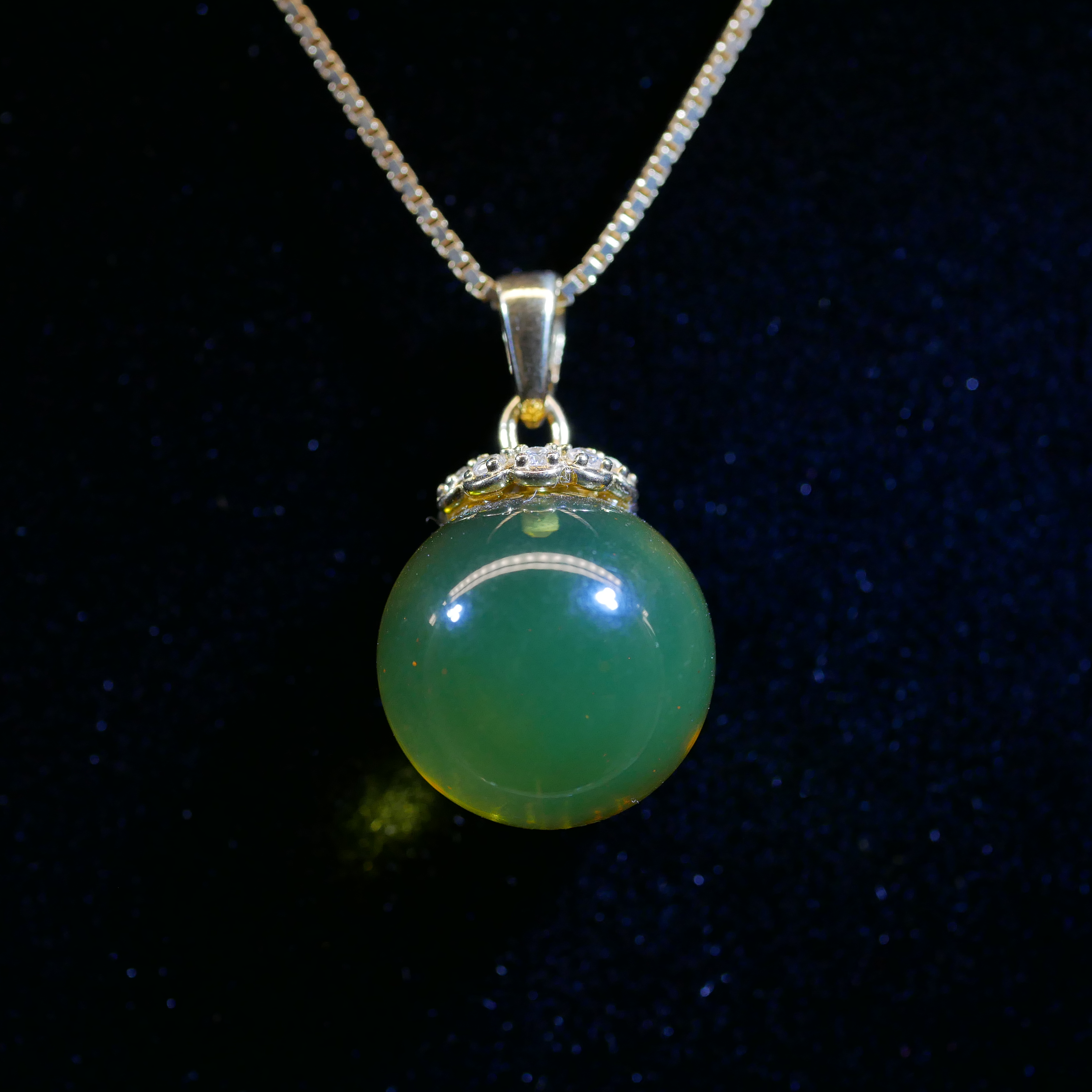
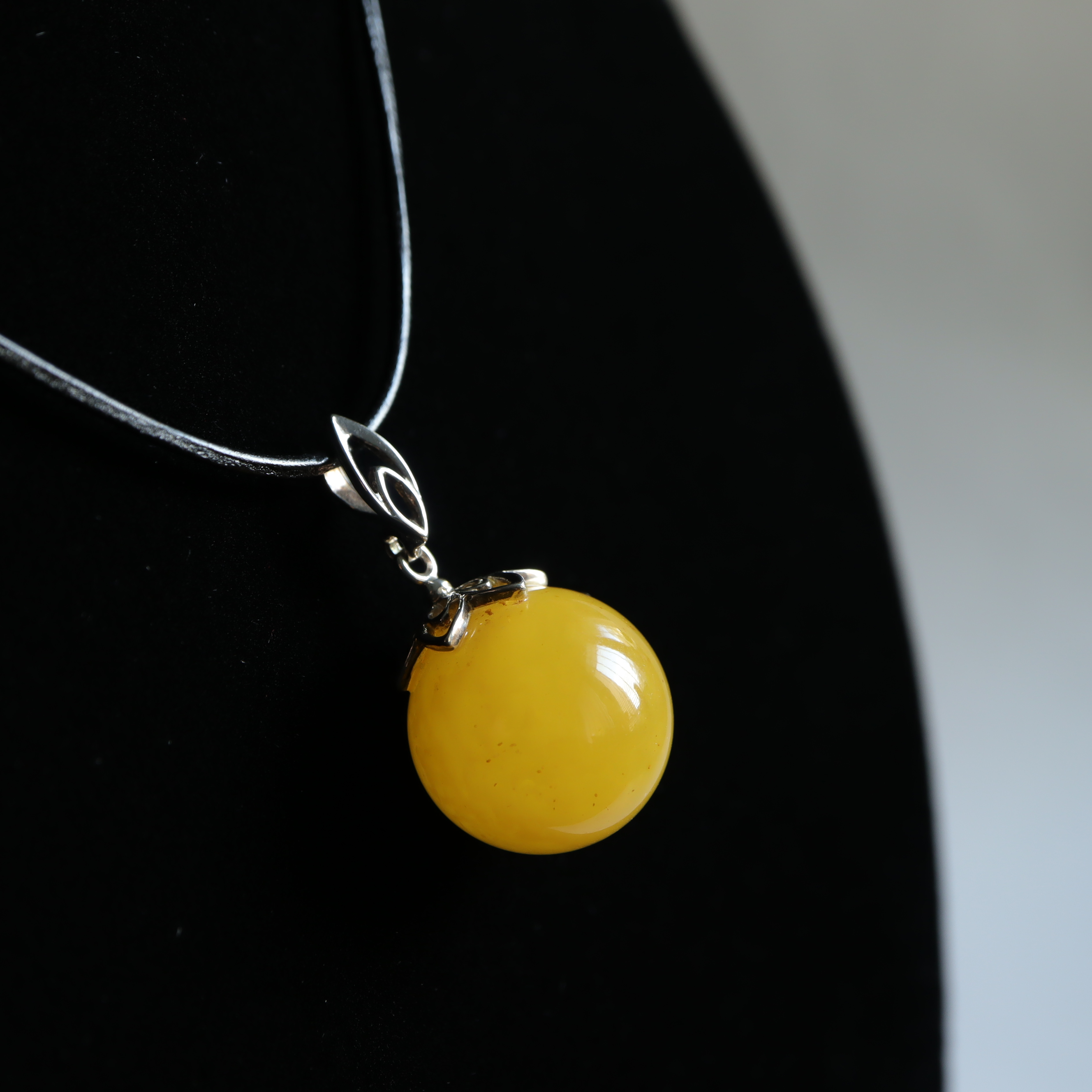
Photo: For pendants of the same shape, quality and approximately the same size we have to consider the origin and type. For example, a bead pendant of blue Dominican amber in AAA quality will cost at least ten times more than Dominican green or Baltic amber.
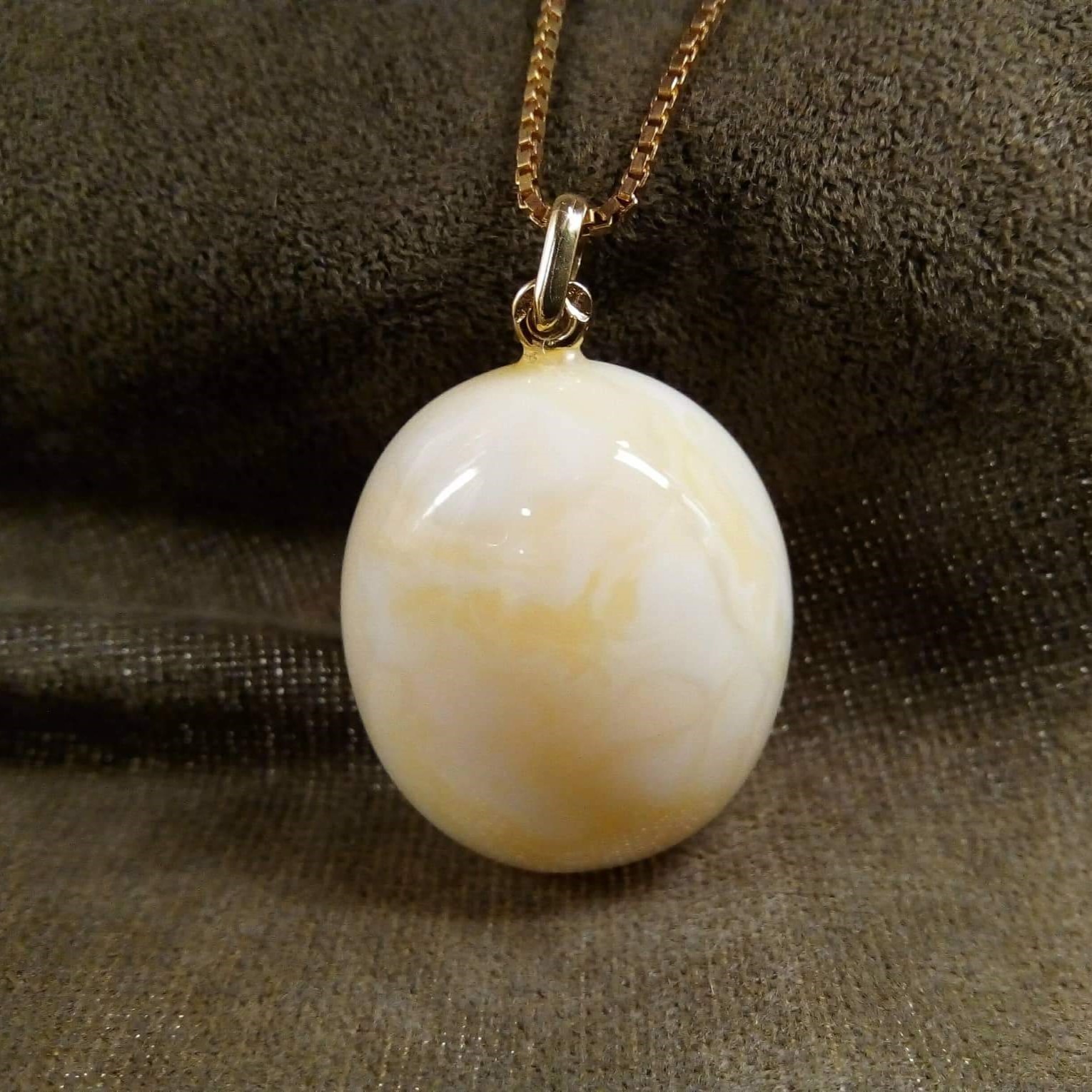
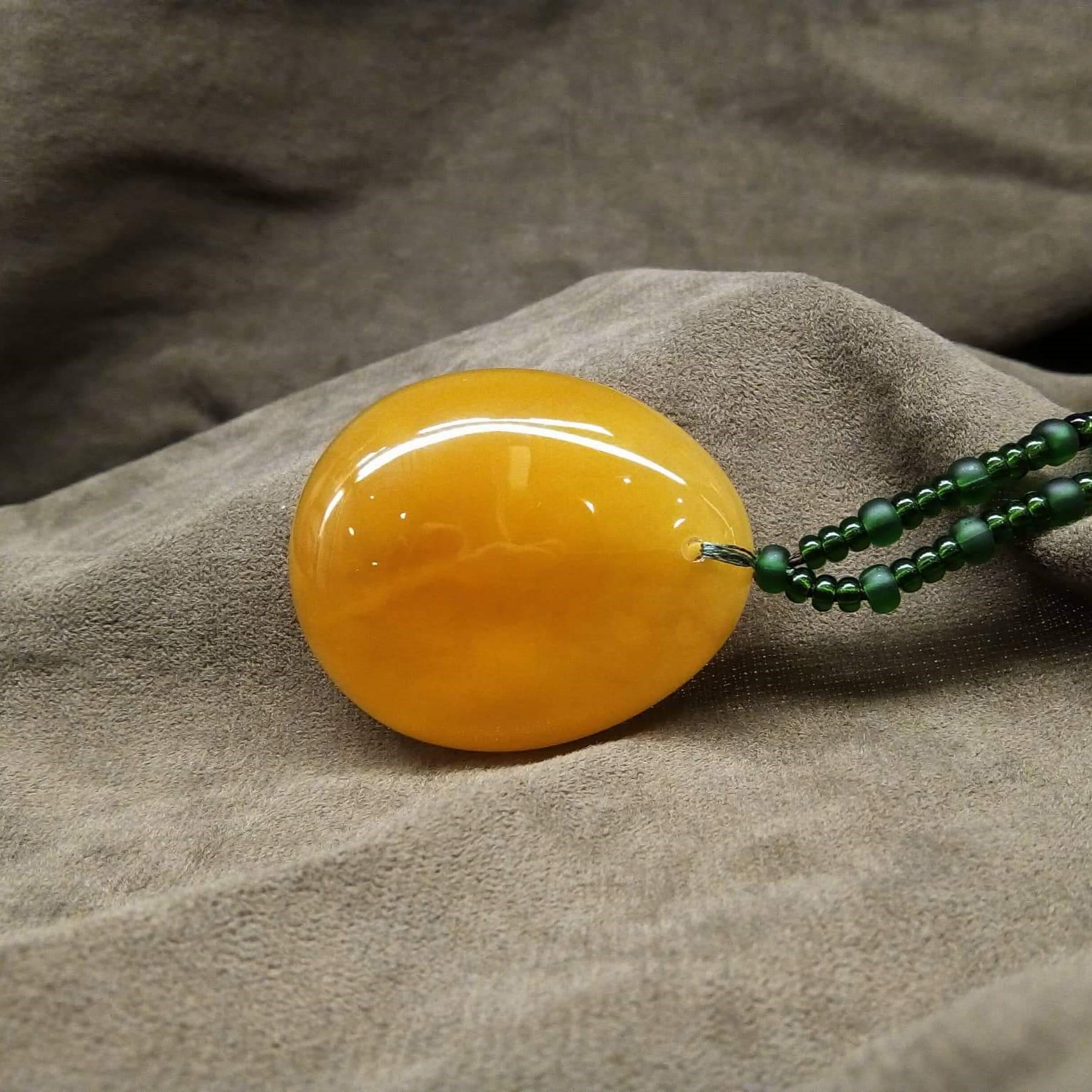
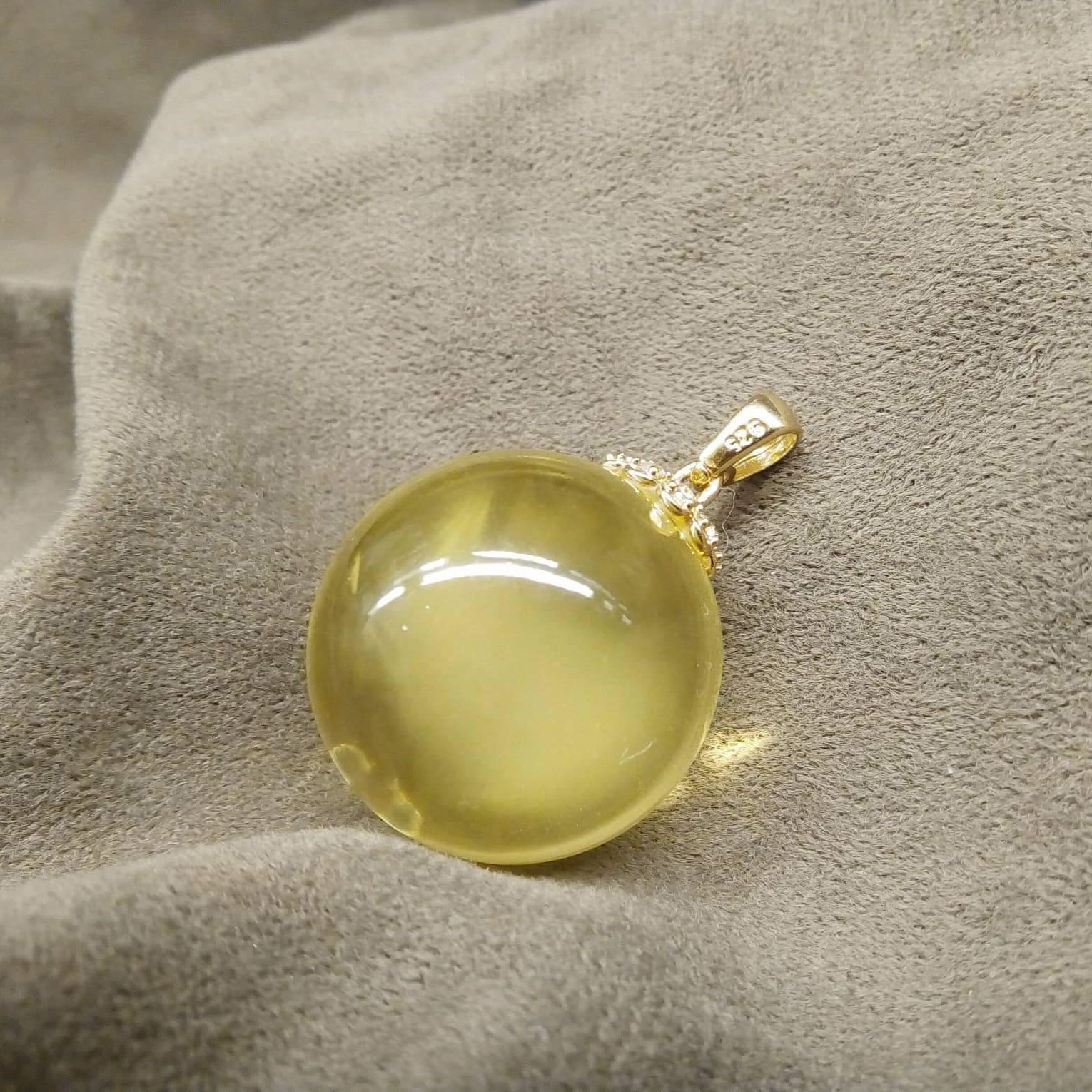
Photo: White amber is the rarest type of Baltic amber. It is followed by the milky form, mainly of a deep yellow to orange-brown colour, or the kind where white amber mixes with yellow to form various patterns. The transparent to semi-transparent form of Baltic amber tends to be more often found, and therefore its price is slightly lower. However, if the transparent Baltic amber is of top quality, this rule does not apply and its price will be the same as milk amber of the same quality.
Quality of Amber
How do we distinguish the quality of amber? This is quite a complex discipline and it takes a bit of practice and experience. However, we can follow a few simple rules. In fact, with amber it is similar to other precious stones. Colour, clarity and light refraction are all considered. The brighter the colour, the cleaner the body of the amber and the higher the light refraction, the more valuable it is. This is regardless of whether it is transparent or milky. Conversely, cracks and inclusions, or other blemishes, surface irregularities, bubbles visible to the eye, etc., reduce the value of amber.
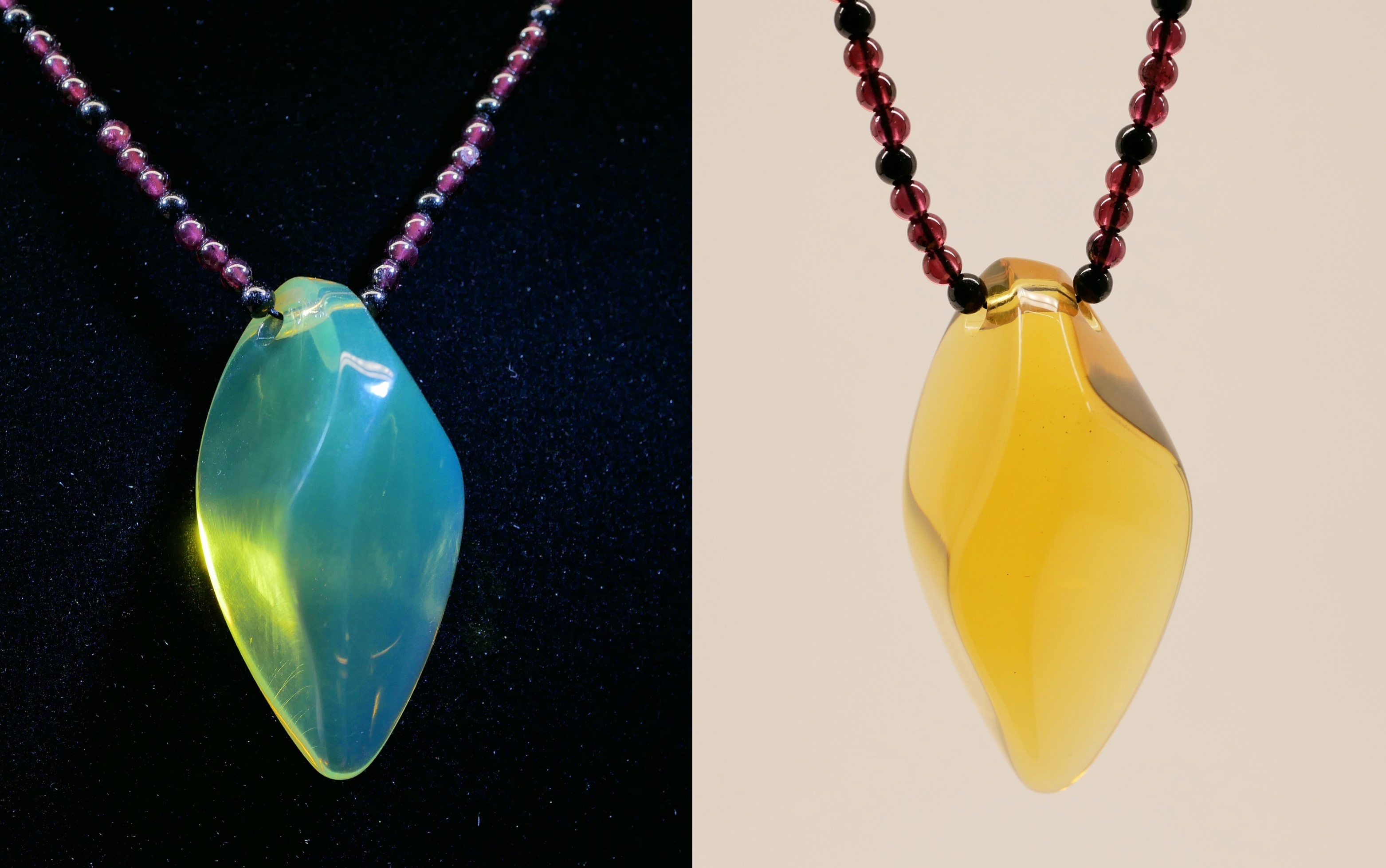
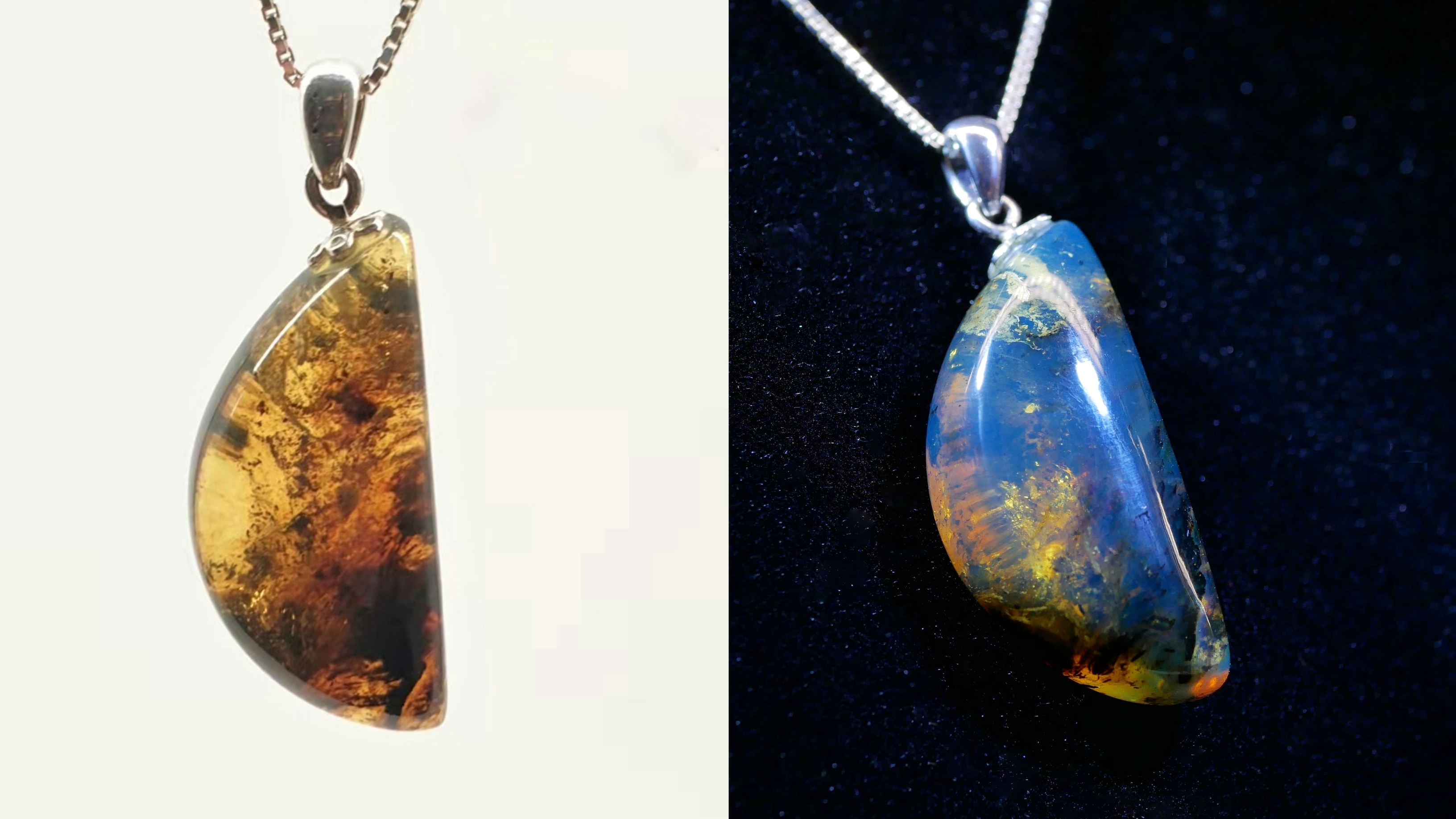
Photo: The quality of blue Dominican amber in particular is very important. The price of AAA quality blue amber will be many times higher than blue amber with a large number of inclusions.
Size and Shape
Another important factor influencing the price of amber is its size. Price increases exponentially with size. The larger the fraction, the higher the price. If for small nuggets, which are commonly washed up by the sea, the price is only a few crowns per gram, for large pieces, e.g. over 200 g, the price will climb to hundreds or thousands of crowns per gram.
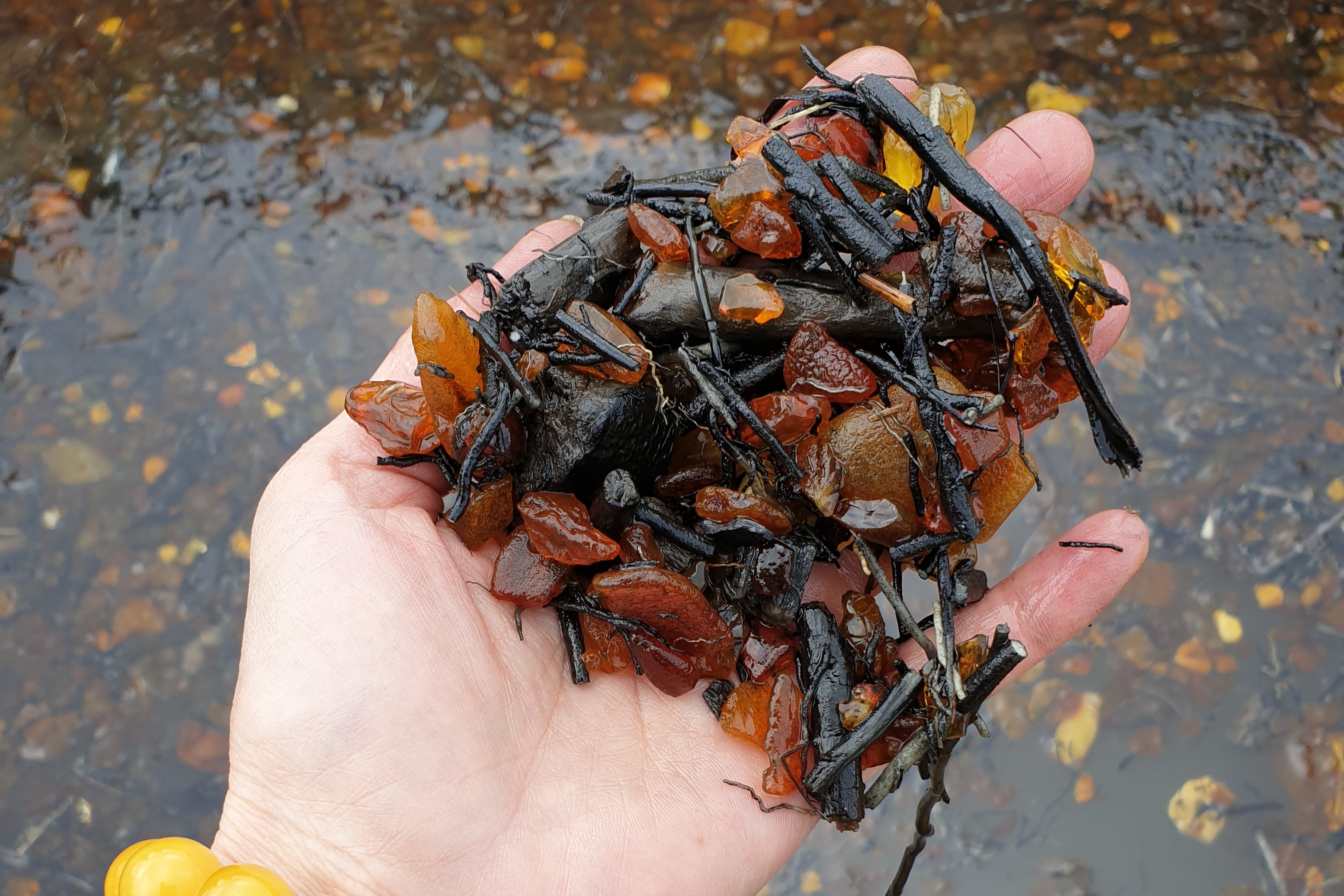
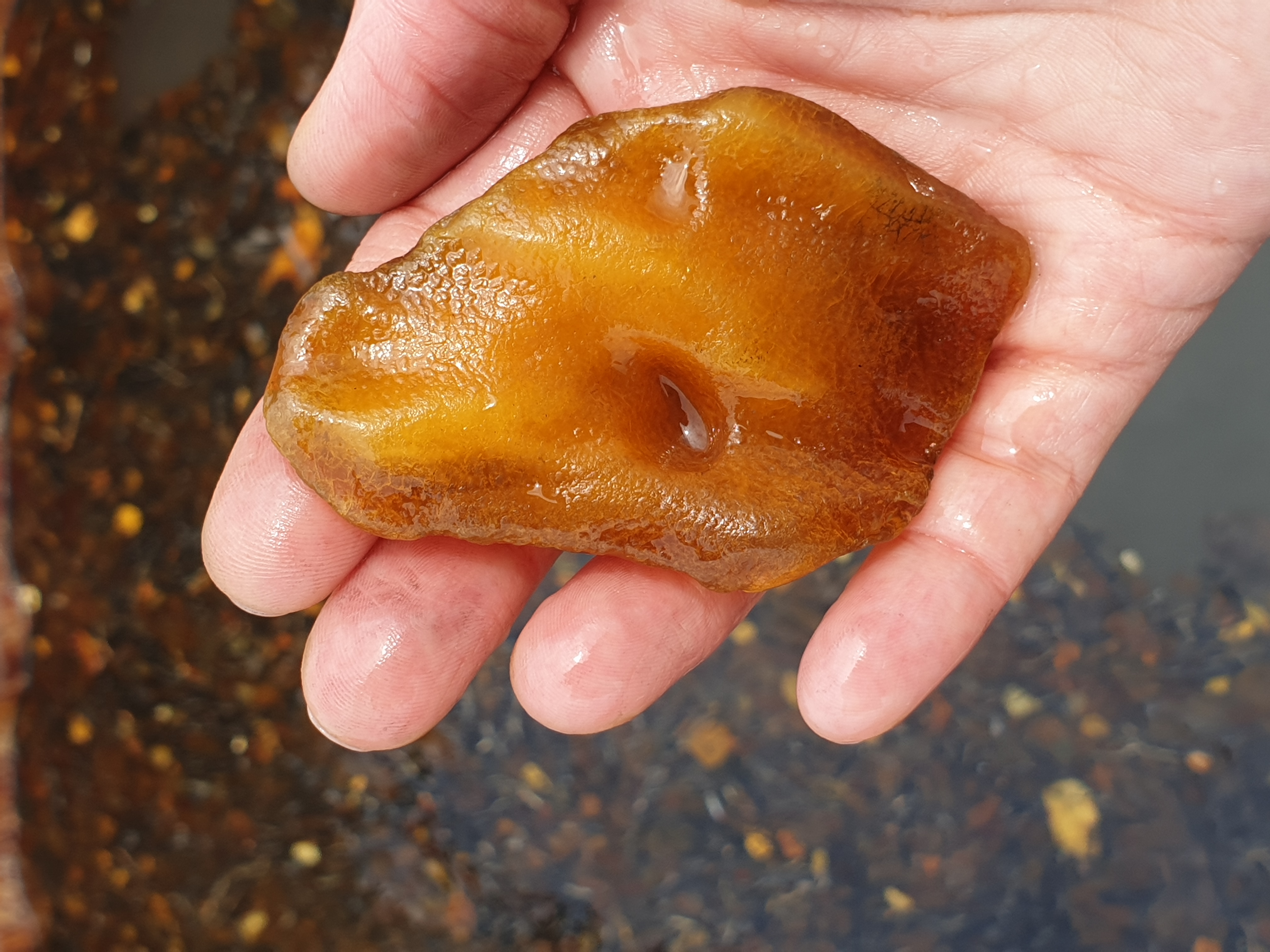
Photo: Small fractions of amber are the most common and are very cheap. But you can't craft anything larger out of them. This is one fact. Also the bigger the amber, the better the colour and generally better the quality.
The size is then related to the shape of the final jewel. Raw amber is never perfectly regular in shape. Its surface is often uneven. Various depressions or even holes are not rare at all. So when you want to cut a perfectly symmetrical shape, it is logical that there will be a great loss of material in the cutting process. The rounder the shape, the higher the demands on the size and thickness of the rough amber. Two pieces of the same weight but different shape may have different prices. Beads have the highest demands on the shape and size of the rough stone. Therefore, round pieces always cost more than the flat, thin ones. Then when comparing, for example, the shape of teardrops, the rounder and fuller the shape of the teardrop, the higher the price.
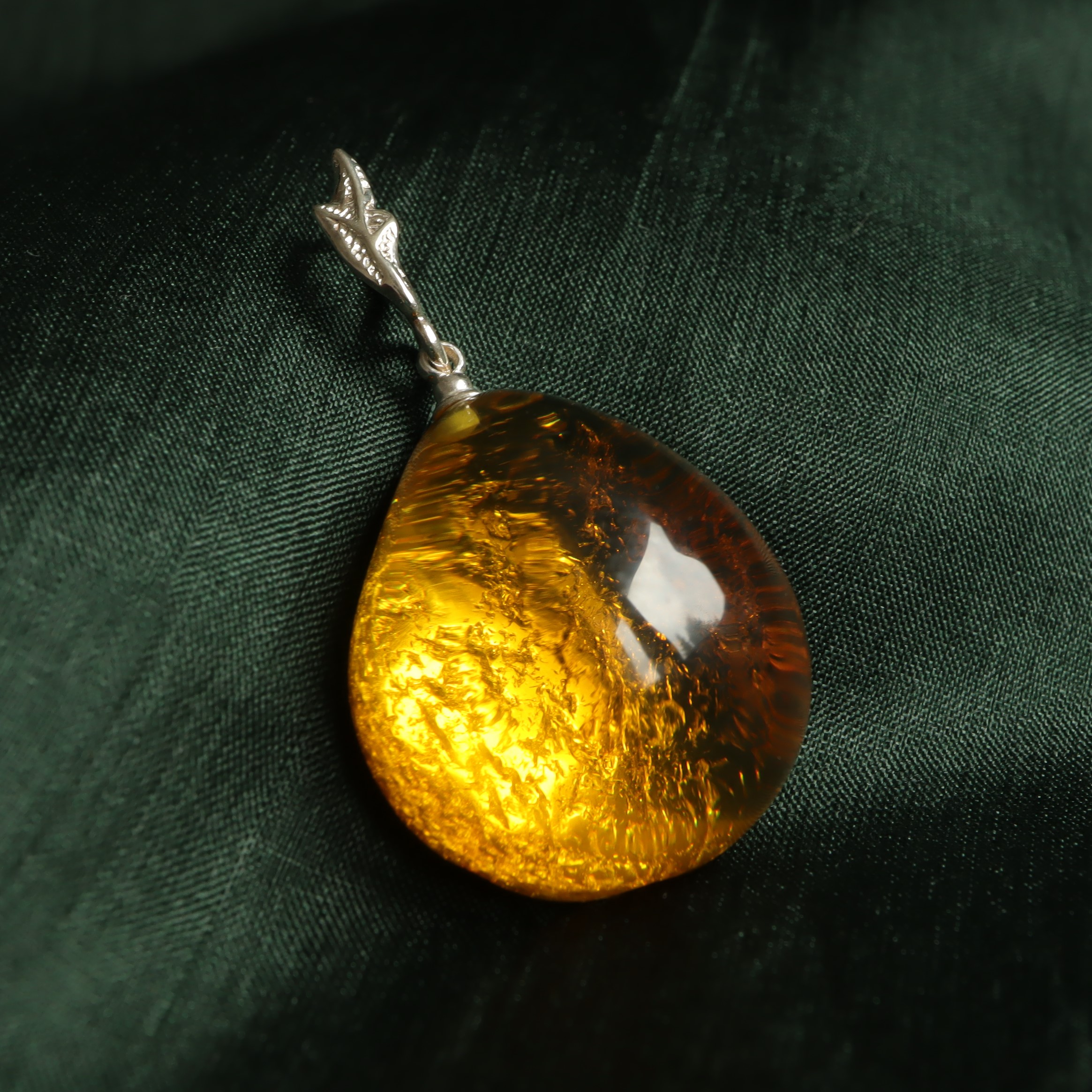
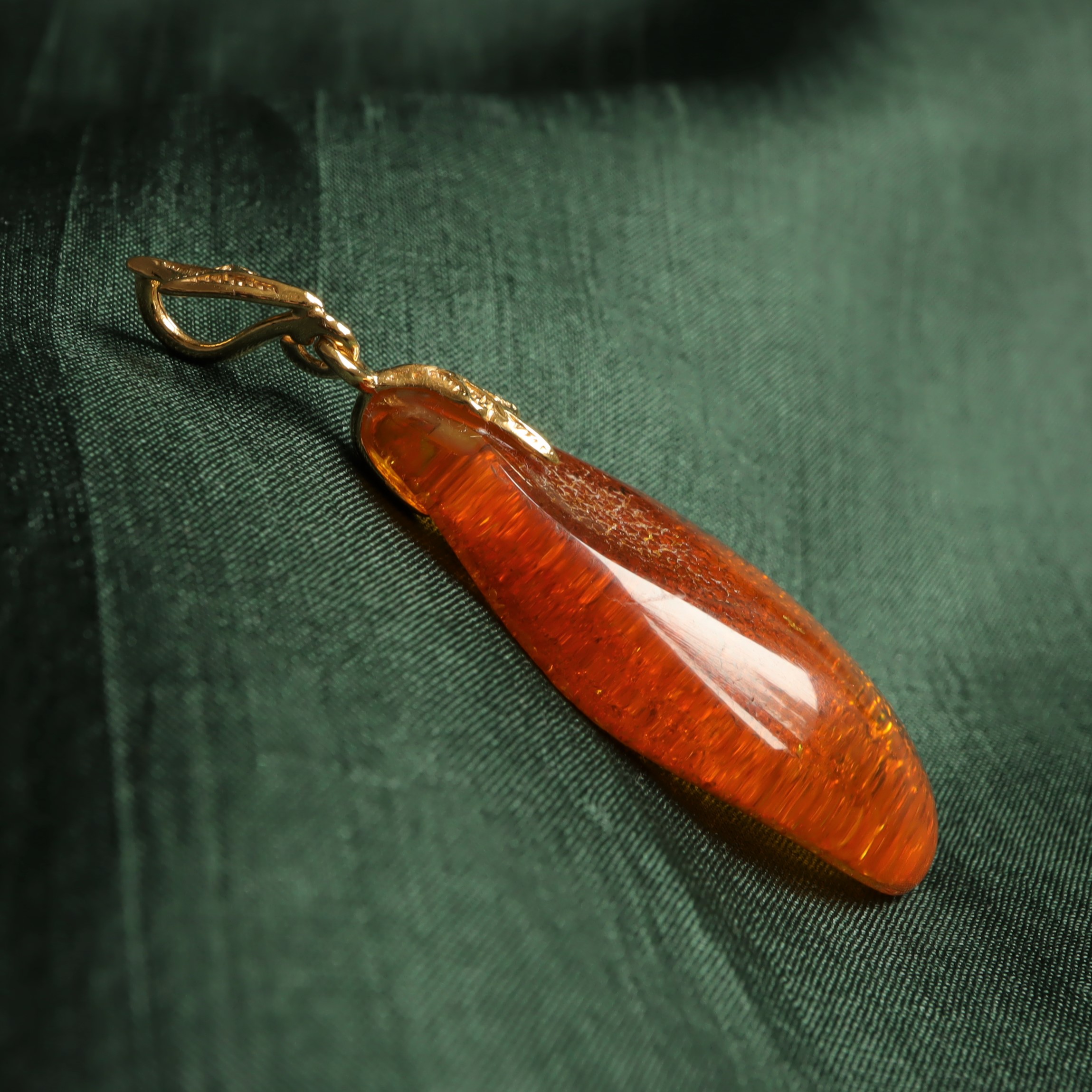
Photo: Even though the teardrop in the first photo is slightly smaller, by having a perfectly regular and full shape, its price will be higher than that of the teardrop in the photo below.
The higher price per gram will also be for shapes that have a high material loss during cutting and are demanding on the shape of the rough stone. Such shapes include round beads, but also donuts, barrels and similar round shapes (see photo below).
You can read more about how round beads are crafted here.
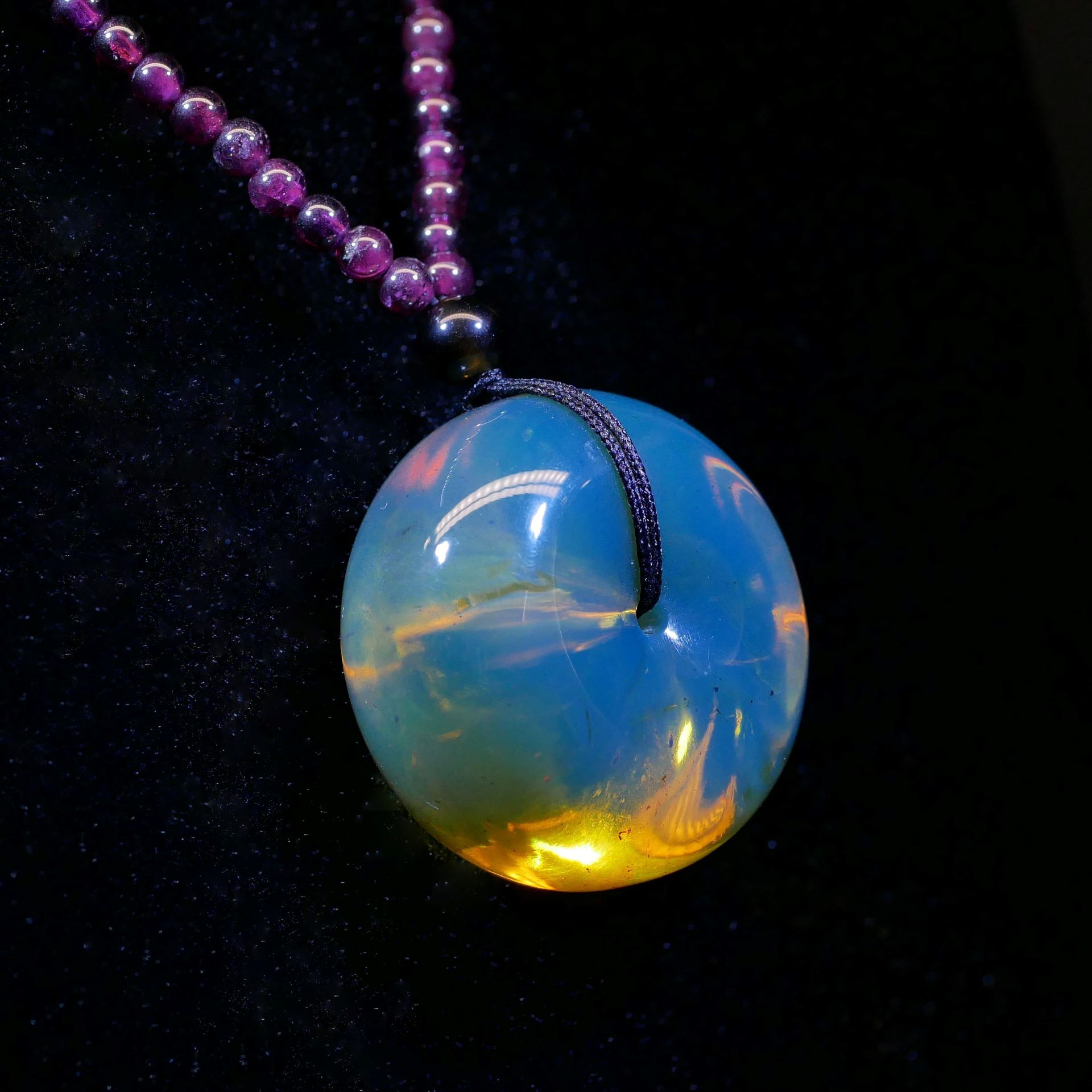
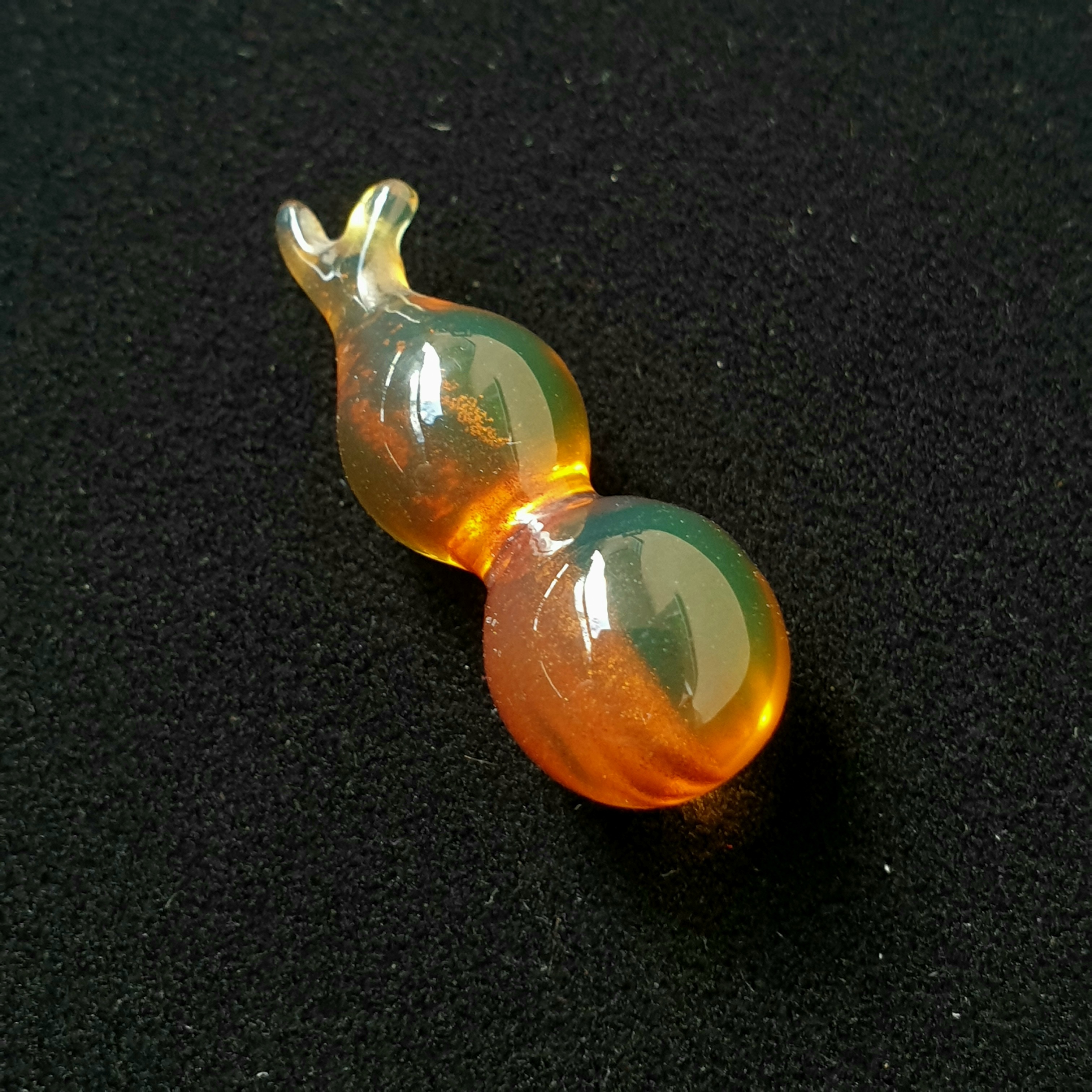
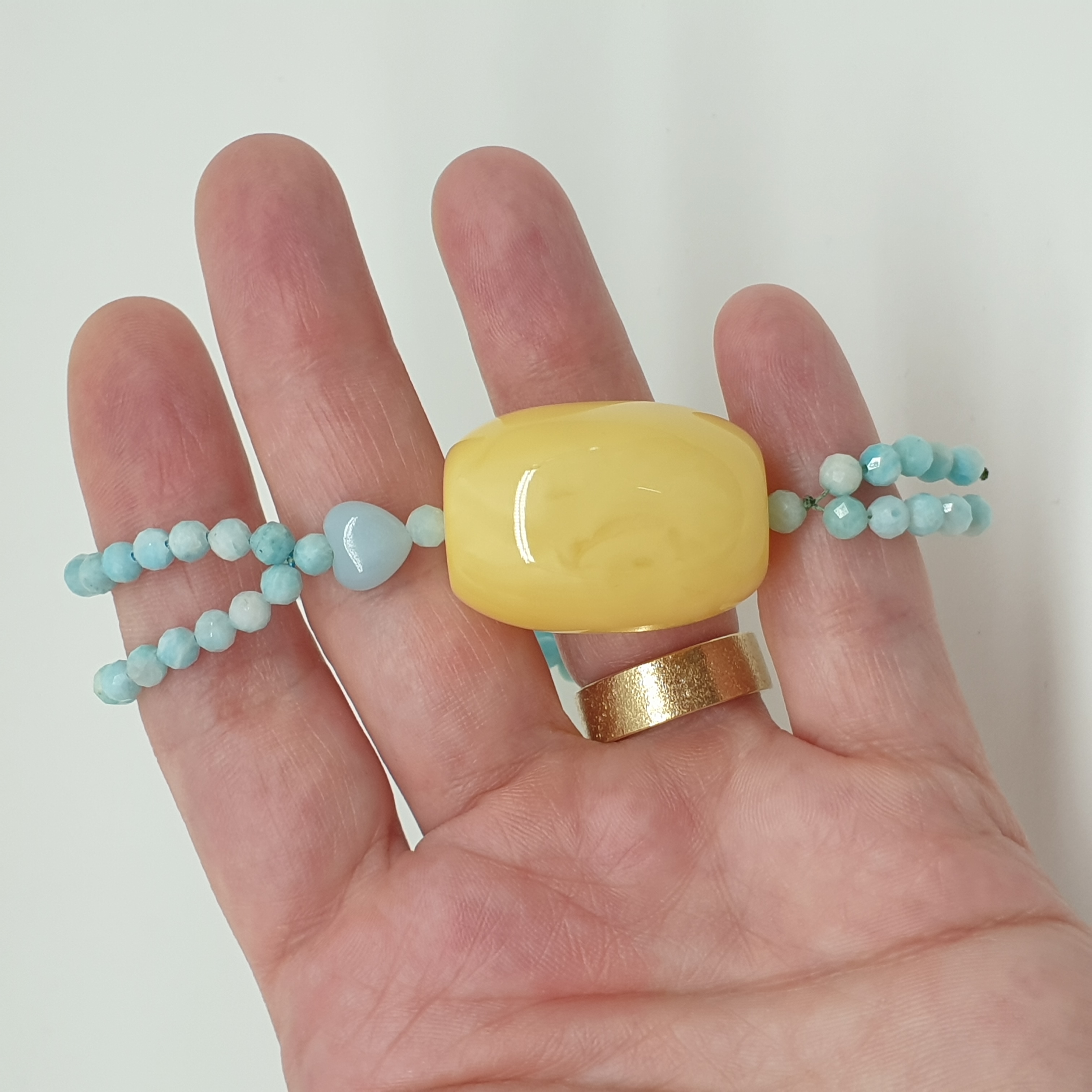
Special Features Found in Amber
Last but not least, peculiarities such as insect or plant fossils play a big role in the price of amber. Here it also depends on what kind of insect or plant it is, in what condition the fossils are preserved, i.e. whether the insect or plant is fully preserved or not and also whether it is clearly visible or whether it is covered by other inclusions, bubbles, etc.
Again, very generally speaking, small flies are quite common, and thus you can easily get them for a few hundred crowns. Much less common are spiders, real mosquitoes (as opposed to chironomids, which are relatively more common) or crawling insects like centipedes, etc. And you will literally pay a fortune for a scorpion, a butterfly wing or a lizard in amber. In the Amber Museum in Gdansk (highly recommended by the way) you can see a beautiful piece of amber with a well preserved scorpion. The museum bought this piece for about 1.2 million Czech crowns.
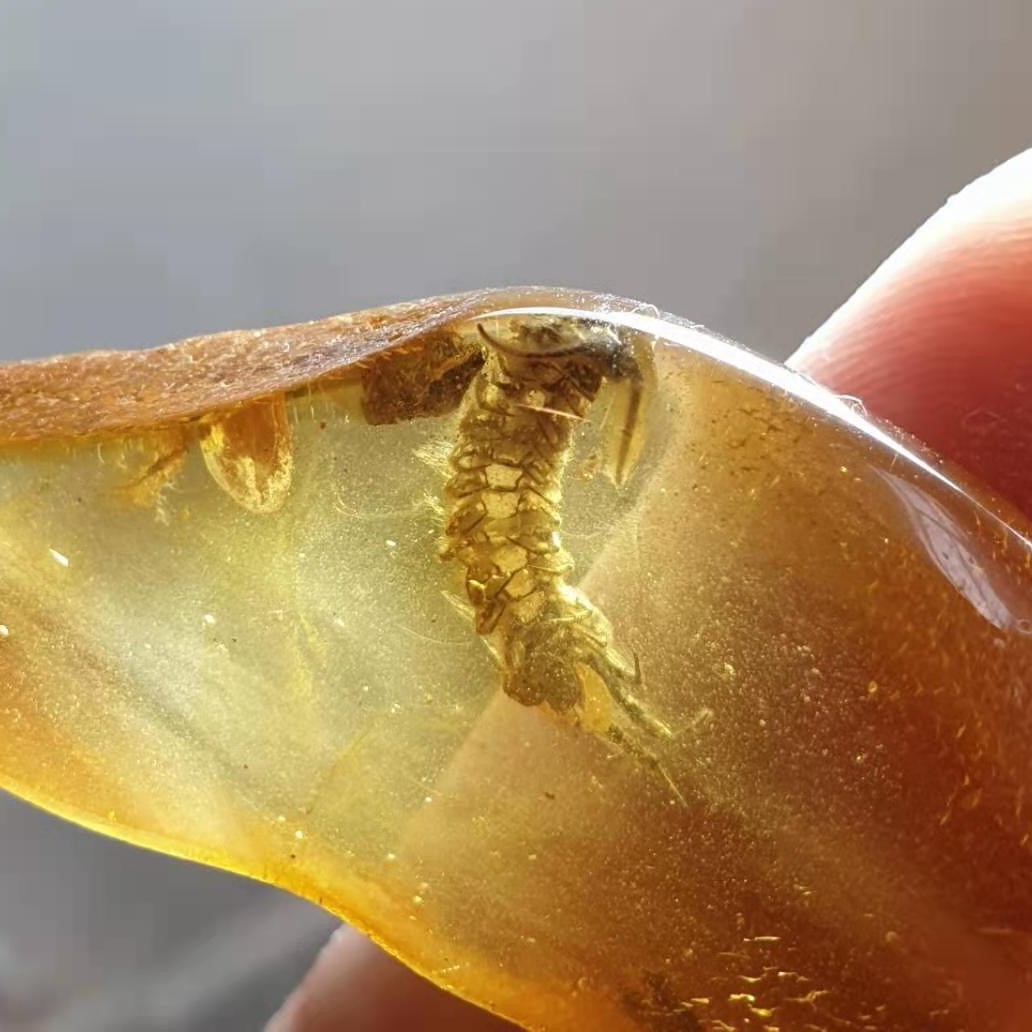
Photo: Various centipedes and similar crawling insects are very rare.
The peculiarities of amber do not end with insect fossils. The world of amber is indeed very diverse and you can come across incredibly interesting pieces, for example with preserved leaf impressions. But that's not all. There are many more of these oddities that we could easily write a book about.
Let's go back to our original question: what is the price of amber per gram? Well, the price for a gram of already crafted amber can range from a few hundred Czech crowns to several thousands crowns. Therefore, an amber jewel can become a valuable investment.
Amber jewellery is not just a beautiful decoration. Amber also has its cultural and financial value.
